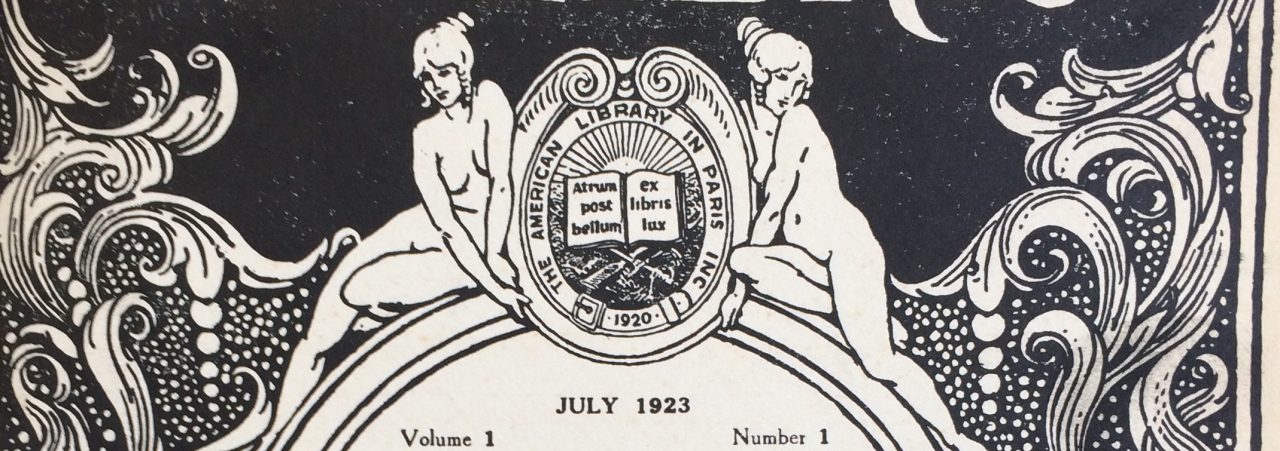If you remember, way back in November (the last time I updated this blog) I was groping around for the right timeline tool to create my proof of concept for my final project for Alan Liu’s class, and I’d finally settled on Tiki Toki as the solution for me.
After Alan’s class, I put the project aside for a few months while I burrowed deep into prospectus land (it’s now complete and approved by my committee and department–I’m a real live ABD doctoral candidate!), but I had the chance to pull my project out and dust it off for the annual UCSB Transcriptions Research Slam (every time I use a term like “research slam” this comic from PhD Comics pops up in my head. But our annual Slam really is awesome!).
And since the project (which is still in an early Proof-of-Concept stage) got that limited public debut, I thought I’d make it available here as well.
For those eager to jump right in and play around, you can click here, but I’d love to tell you a bit more about the project, via the abstract I submitted to the Slam:
Proof of Concept of the “Database of Interwar Expatriate Geographies” (DIEGeo)
Expatriation has long been recognized as a central concern in interwar literature, as politics, economics, and transportation technology made geographic relocation increasingly accessible, appealing, or necessary for many artists. Much has already been written about communities of expatriates situated in particular locales (most extensively in the study of Paris as the home of the so-called “Lost Generation” during the 1920s), but what remains lacking for the scholar is a comprehensive mapping of the many artists living and working outside of their home countries during the interwar years across various locales, and the ability for researchers to self-select the set of artists to be appraised. DIEGeo, the Database of Interwar Expatriate Geographies, offers scholars in the humanities the ability to track which figures co-existed geographically, and allows for the visualization of shifts in the composition and geography of these communities. These capabilities can facilitate the development of ideas about artistic collaboration, influence, and synergy.
DIEGeo uses Tiki-Toki’s timeline software to display an interactive archive of geo-temporal information about artists living and working outside of their home countries during the interwar years. Manually collating information available from correspondence archives, autobiographies, and biographies, DIEGeo presents this information to users in the form of a digital database, allowing users to track the international movements of key expatriate figures in the period between 1918 and 1939. DIEGeo’s proof of concept includes partial data on the geographic movements of seven literary figures, spanning five years. It allows full user interaction with the limited database.
Here are just a few questions DIEGeo might help researchers to explore:
•Was a writer working in isolation, or amongst a thriving expatriate scene at the time of composition of a particular work?
•Which artists may have had face-to-face interactions with one another?
•Which artists relocated in unison with one another?
It’s pretty intuitive, but here’s a guide to walk you through it:
USING DIEGeo
- If the browser is no longer showing the timeline, hit the “Home button”
- Click on the “Tools” icon in the bottom right corner of the screen
- Choose either “Categories” or “View Type” to experiment with
- “Categories” allows you to choose which figures you’d like to see in the timeline. Figures are color coded, so it’s helpful if you keep this box open while viewing the timeline to be able to tell which figures you’re seeing tracked. Hint: Slide the timeline slider (at the bottom of the screen) to October of 1922 for the greatest concentration of figures.
- “View Type” allows you to visualize the data in different ways. The Tiki-Toki software’s most innovative feature is its 3D view, so definitely have a look at that, but the view type most conducive to questions of collaboration and influence amongst writers is Duration view.
- Clicking on an individual event provides images and insight into the source material for this fact.
- The timeline slider at the bottom of the screen allows you to move through the database chronologically. You can also search by a particular locale in the tools menu.
- Go wild (within the very limited scope of this prototype)!

